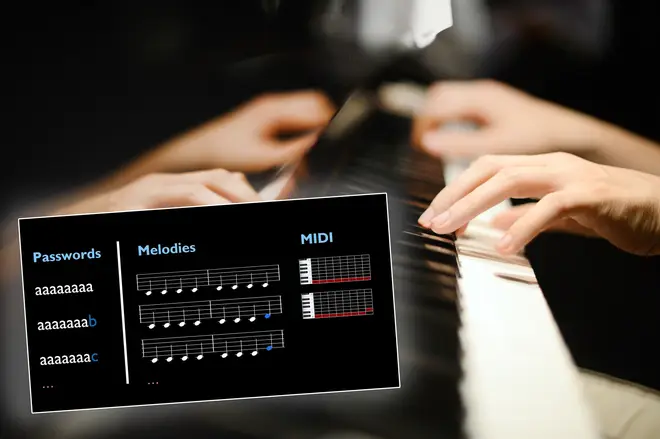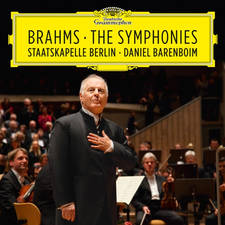Two musicians used an algorithm to create every single melody possible. Ever.
3 March 2020, 17:41

Damien Riehl and Noah Rubin have generated and saved every possible melody in an attempt to prevent unwarranted copyright claims.
Two programmer musicians have used an algorithm to create every single melody possible.
The reason? To attempt to prevent copyright claims being made by artists on songs that sound similar to theirs.
Famous copyright cases range from the highlighting of the similarity of the Beach Boys’ ‘Surfin’ U.S.A.’ and Chuck Berry’s ‘Sweet Little Sixteen’ to rock legend Tom Petty challenging Sam Smith more recently.
Now musician, programmer and copyright attorney Damien Riehl, and programmer Noah Rubin, have teamed up to generate and save every possible MIDI melody to a hard drive, claim the copyright, and then release it again to creative commons, essentially making it ‘un-copyrightable.’
Read more: Someone made an algorithm that turns your name into a musical cipher >

Copyrighting all the melodies to avoid accidental infringement | Damien Riehl | TEDxMinneapolis
“Think about your favourite musician getting sued, and that lawyer saying, ‘I represent this group. I think you heard their song and then you wrote their song. You violated their copyright.’,” Riehl said in a recent TEDx Talk (watch above).
“The musician may say, ‘That’s not true, I’ve never heard that song and even if I did I wasn’t thinking about their song when I wrote my song.’
“Imagine the case going to trial and the judge saying, ‘I believe you. I don’t think you copied them, I think you subconsciously copied them. So you violated their copyright.’”
According to this and Vice, copyright cases for song melodies often centre around melodies being too similar, which means artists are in breach of copyright and can be accused of even just “subconsciously” infringing on the original content.
This didn’t seem fair to Riehl and Rubin. So, to try and ‘capture’ every melody in existence, they used an algorithm to determine every melody contained within a single octave (the eight notes of the western scale), record all of these possible eight-note and 12-beat melody combos, and let the algorithm churn through every possible combination of notes until none remained.
Read more: Beethoven’s unfinished tenth symphony to be completed by artificial intelligence >
According to Riehl, the algorithm works at a rate of 300,000 melodies per second, and is similar to a password generator, and the number of melodies they produced totalled – well, a lot.
The pair owned the copyright on the melodies produced, then turned them back to the public to hopefully prevent songs even “subconsciously” violating copyright.
Furthermore, being generated initially from an algorithm makes the melodies essentially numbers – data sets – and, in Riehl’s own words under copyright law, “numbers are facts” and “facts either have thin copyright, almost no copyright, or no copyright at all”.
He concluded: “So maybe if these numbers have existed since the beginning of time and we’re just plucking them out, maybe melodies are just math, which is just facts, which is not copyrightable.”


































